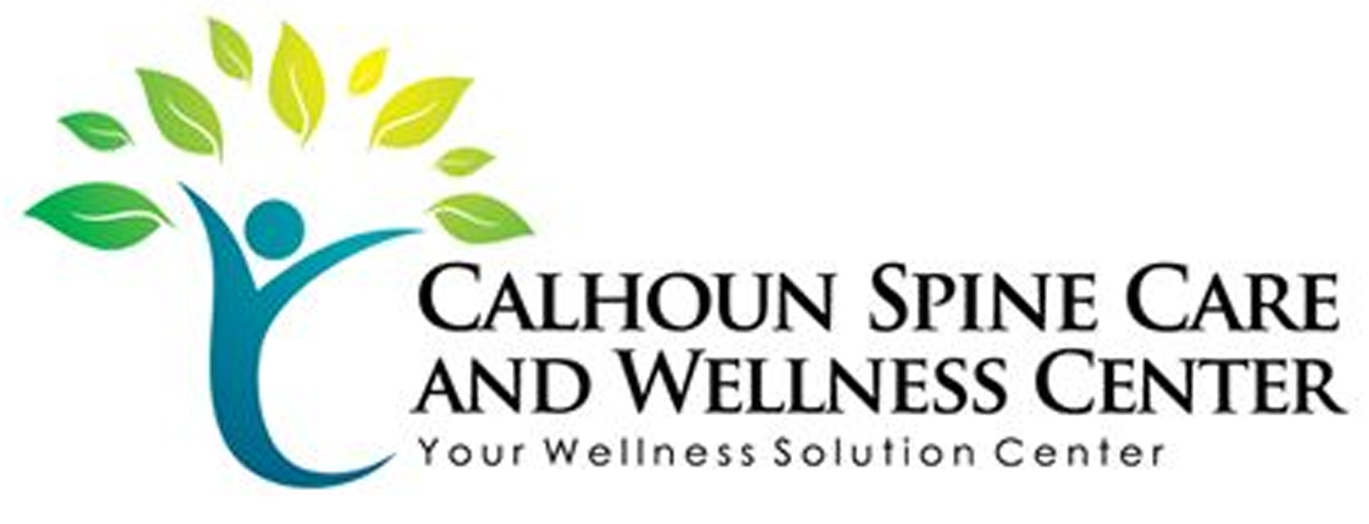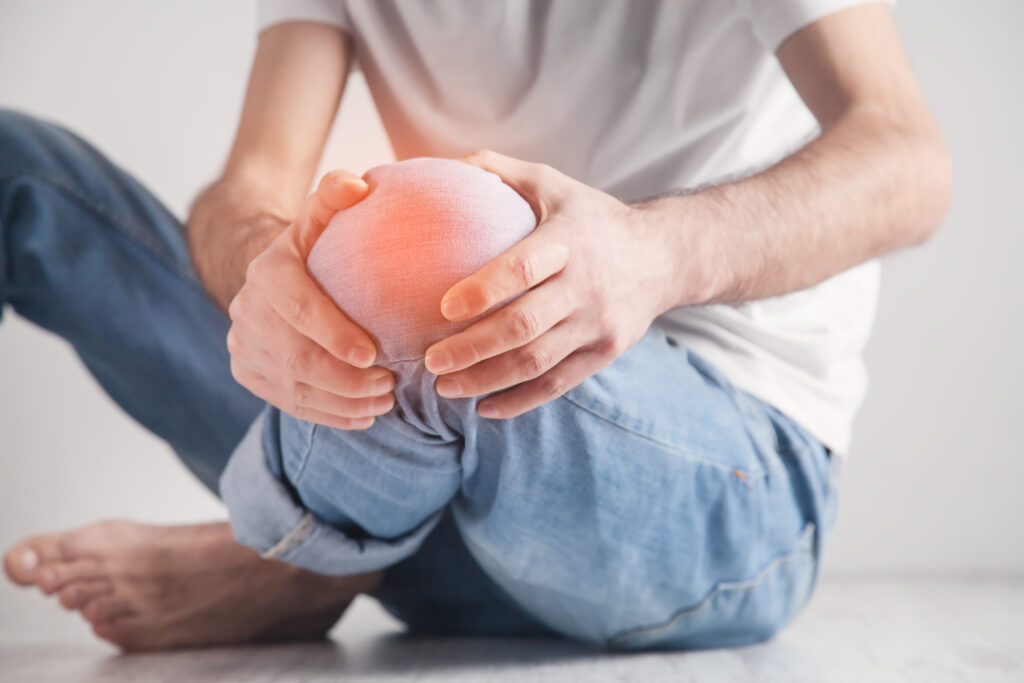If you're tired of dealing with persistent back pain, it's time to transform your relief journey into something more effective and sustainable. You can start by integrating a mix of targeted exercises and mindfulness practices tailored to your needs. But that's just the beginning; understanding the underlying causes of your pain can make a significant difference. What if you could access a new level of relief by exploring innovative therapies and lifestyle changes? The path forward might hold solutions you haven't yet considered, and it's worth discovering what they could mean for your well-being.
Understanding Back Pain
Back pain affects millions of people daily, and understanding its causes is vital for finding relief. You might be surprised to learn that back pain can stem from various sources, including muscle strain, poor posture, injuries, and underlying medical conditions. Identifying what triggers your discomfort is the first step toward effective management.
Muscle strain is one of the most common culprits. It can happen when you lift something heavy incorrectly or overexert your back during physical activities. If you've been sitting for long periods without proper support, your posture may contribute to chronic discomfort. Slouching places extra pressure on your spine, leading to muscle fatigue and pain.
Injuries, whether acute or chronic, can also play a significant role in back pain. A fall or an accident can result in sprains, fractures, or herniated discs, which may require medical attention.
Additionally, conditions like arthritis or sciatica might manifest as debilitating pain, making it imperative to consult a healthcare professional for proper diagnosis and treatment.
Emotional stress can be an often-overlooked factor in back pain, too. When you're under pressure, your muscles may tense up, leading to discomfort.
Recognizing the emotional aspects of your pain can help you address them more effectively.
Effective Exercises for Relief
To find relief from back pain, incorporating effective exercises is key.
You'll want to focus on stretching for flexibility, strengthening your core muscles, and including low-impact cardio options in your routine.
These simple strategies can help improve your overall back health and reduce discomfort.
Stretching for Flexibility
Incorporating just a few simple stretches into your daily routine can greatly enhance your flexibility and help alleviate back pain. Stretching not only relaxes tight muscles but also improves circulation, making it easier for your body to heal.
Start with the cat-cow stretch. Get on your hands and knees, then alternate arching your back towards the ceiling and dipping it down while lifting your head. This movement helps to mobilize your spine.
Next, try the child's pose. Sit back on your heels, extend your arms forward, and relax your forehead on the ground. This pose stretches your lower back and hips.
Another effective stretch is the seated forward bend. Sit with your legs extended, and slowly reach for your toes. Don't worry if you can't touch them; just go as far as feels comfortable. Hold each stretch for at least 20-30 seconds, breathing deeply as you do.
Finally, incorporate the knee-to-chest stretch. Lie on your back, pull one knee towards your chest, then switch legs.
These stretches, when done consistently, can markedly improve your flexibility and reduce back pain.
Strengthening Core Muscles
A strong core is essential for supporting your spine and alleviating back pain. By focusing on core strengthening exercises, you can enhance stability, improve posture, and reduce discomfort.
Start with planks—hold a plank position for 20 to 30 seconds, gradually increasing the time as you gain strength. This exercise engages multiple muscle groups, providing a solid foundation for your core.
Next, try pelvic tilts. Lie on your back with your knees bent. Tighten your abdominal muscles and gently push your lower back into the floor. Hold for a few seconds, then relax. Repeat this 10 to 15 times to strengthen your lower back and abdominal muscles.
Another effective exercise is the bird-dog. Get on your hands and knees, then extend one arm forward while extending the opposite leg back. Hold for a few seconds, then switch sides. This movement not only strengthens your core but also improves balance.
Lastly, consider incorporating bridges. Lie on your back with your knees bent, feet flat on the floor. Lift your hips toward the ceiling while squeezing your glutes. Hold for a few seconds before lowering. This exercise targets your lower back and glutes, further supporting spinal health.
Low-Impact Cardio Options
Building a strong core lays the groundwork for incorporating low-impact cardio exercises that can further relieve back pain. These exercises are gentle on your joints while effectively increasing your heart rate, improving circulation, and boosting your overall well-being.
Swimming is one of the best options. It supports your body, reducing strain on your back while providing a full-body workout.
If you prefer staying dry, consider using a stationary bike. This allows you to engage your legs without putting pressure on your spine.
Walking is another excellent choice. It's simple, requires no special equipment, and you can adjust the pace to suit your comfort level. Aim for a brisk walk to elevate your heart rate without overexerting yourself.
Elliptical machines offer a smooth motion that's easy on your back while still giving you a solid cardio workout.
Finally, chair exercises or seated aerobics can keep you active while maintaining back support.
Incorporate these low-impact cardio options into your routine a few times a week. You'll notice increased mobility, reduced pain, and improved overall health.
Start small and gradually build your endurance for ideal results!
Mindfulness and Relaxation Techniques
Mindfulness and relaxation techniques often play an essential role in alleviating back pain. By focusing on the present moment and letting go of stress, you can create a more favorable environment for healing. Stress and tension can lead to muscle tightness, which often exacerbates back pain. Incorporating mindfulness practices into your routine can help you manage these stressors effectively.
One effective technique is deep breathing. When you breathe deeply, it signals your body to relax. Try inhaling slowly through your nose, letting your abdomen expand, and then exhaling through your mouth. Aim to practice this for a few minutes daily, especially during moments of discomfort.
Another powerful method is progressive muscle relaxation. This involves tensing and then relaxing each muscle group in your body, starting from your toes and working your way up to your head. This can help you become more aware of where you hold tension and encourage the release of that tightness, providing relief for your back.
Meditation is also a valuable tool. Even just a few minutes of focused meditation can reduce pain perception and improve your overall sense of well-being. Find a quiet space, close your eyes, and focus on your breath or a calming mantra.
Additionally, consider incorporating gentle yoga or stretching into your routine. These practices enhance flexibility and promote relaxation, which can alleviate discomfort and improve mobility.
Innovative Therapies to Consider
If you're looking for effective ways to manage your back pain, innovative therapies might be just what you need.
Techniques like mindfulness and meditation can help reduce stress and tension, while chiropractic adjustments can realign your spine for better support.
Exploring these options could lead to significant relief and improved well-being.
Mindfulness and Meditation
Exploring the intersection of mindfulness and meditation can provide you with powerful tools for managing back pain. When you practice mindfulness, you become more aware of your body and its sensations. This heightened awareness allows you to identify tension and discomfort in your back, enabling you to address it more effectively.
Meditation, on the other hand, helps you cultivate a sense of calm and relaxation. By focusing your mind, you can reduce stress and anxiety, both of which can exacerbate back pain. Consider incorporating deep-breathing techniques or guided imagery into your meditation practice. These methods can shift your attention away from pain and help you find mental relief.
Additionally, practicing mindfulness during daily activities, such as walking or sitting, can enhance your posture and body mechanics. You'll develop a more intuitive understanding of how certain movements affect your back, leading to healthier habits over time.
Chiropractic Adjustments
Incorporating chiropractic adjustments into your pain management routine can offer significant relief for back pain. These adjustments focus on realigning the spine, which helps relieve pressure on nerves and reduces inflammation. When your spine is in proper alignment, your body functions more efficiently, allowing you to move with greater ease.
Chiropractors use various techniques tailored to your specific needs, such as spinal manipulation, mobilization, and soft tissue therapy. These methods aim to restore proper movement and function to your back, which can alleviate pain and improve mobility. Many people report immediate relief after an adjustment, while others notice gradual improvement over multiple sessions.
Additionally, chiropractic care can complement other treatments, such as physical therapy or medication, enhancing your overall recovery process. By addressing the root cause of your pain rather than just the symptoms, you're more likely to achieve long-lasting results.
It's essential to choose a licensed chiropractor with experience in treating back pain. Regular check-ups can help maintain your spinal health, preventing future flare-ups.
Nutrition and Back Health
Nutrition plays an essential role in maintaining back health and alleviating pain. When you nourish your body with the right foods, you support muscle function, bone strength, and overall well-being.
Start by incorporating anti-inflammatory foods into your diet. Fruits and vegetables, especially berries, leafy greens, and cruciferous vegetables, contain antioxidants that combat inflammation and promote healing.
Don't forget about healthy fats. Omega-3 fatty acids, found in fish like salmon and walnuts, can help reduce inflammation in your body. Additionally, make sure you're getting enough calcium and vitamin D to maintain strong bones. Dairy products, leafy greens, and fortified foods are excellent sources of these nutrients.
Consider adding a vitamin D supplement if you're not getting enough from sunlight or diet alone.
Hydration is another vital aspect of nutrition. Drinking plenty of water helps keep your discs hydrated and functioning properly, reducing the risk of pain. Aim for at least eight glasses of water a day, and adjust based on your activity level and climate.
Lastly, be mindful of your portion sizes and eating habits. Eating smaller, balanced meals throughout the day can help maintain stable blood sugar levels and prevent weight gain, which can put extra strain on your back.
Lifestyle Changes for Prevention
Preventing back pain often requires simple yet effective lifestyle changes that can greatly impact your overall health. By incorporating these adjustments into your daily routine, you can reduce the risk of developing discomfort and improve your quality of life.
Here are some key changes to take into account:
- Stay Active: Regular physical activity strengthens your muscles and improves flexibility, making your back more resilient to strain.
- Maintain Good Posture: Whether you're sitting, standing, or lifting, keeping a neutral spine and proper alignment helps prevent unnecessary stress on your back.
- Use Ergonomic Furniture: If you spend long hours at a desk, invest in an ergonomic chair and desk setup. This supports your body better and encourages good posture.
- Take Breaks: Don't stay in one position for too long. Stand up, stretch, or walk around every hour to keep your muscles engaged and reduce stiffness.
- Sleep Well: Ascertain you have a supportive mattress and pillow. Good sleep positions can minimize pressure on your spine and promote recovery.
These lifestyle changes might seem small, but they can have a big impact on your back health.
By prioritizing movement, posture, and rest, you set the stage for a stronger back and a healthier life.
Seeking Professional Guidance
Even with proactive lifestyle changes, some individuals may still experience back pain or discomfort. When this happens, seeking professional guidance is vital for understanding and addressing the underlying issues. A healthcare provider can assess your condition and recommend tailored treatment options that align with your specific needs.
Start by scheduling an appointment with your primary care physician or a specialist, such as a chiropractor or physical therapist. They'll perform a thorough evaluation and may order imaging tests to get a clearer picture of your spine and surrounding structures. This helps in pinpointing the cause of your pain, whether it's a muscle strain, herniated disc, or another issue.
Once you have a diagnosis, your provider can collaborate with you to design a detailed treatment plan. This may include physical therapy, medication, or even lifestyle modifications that go beyond what you've already implemented.
If necessary, they might refer you to a pain management specialist or an orthopedic surgeon for further intervention.
Don't hesitate to ask questions during your consultations. Understanding your condition and the rationale behind your treatment options is key to your recovery journey.
Remember, it's important to communicate openly about your pain levels and any changes you notice. By doing so, you empower your healthcare team to adjust your plan as needed, ultimately leading to more effective relief.
Seeking professional guidance can be a transformative step in your quest for back pain relief.
Conclusion
By embracing a holistic approach to back pain relief, you're setting yourself up for lasting comfort and well-being. Incorporate effective exercises, mindfulness practices, and innovative therapies into your routine, while also prioritizing nutrition and ergonomic habits. Remember, prevention is key, so make lifestyle changes that support your spine. Don't hesitate to seek professional guidance when needed. With dedication and the right strategies, you can transform your journey and enjoy a pain-free back.



